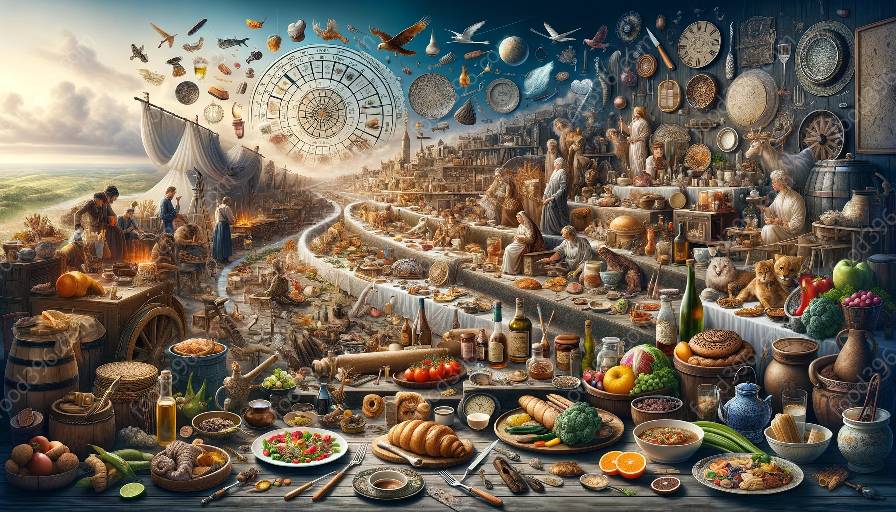Indian cuisine is an intricate tapestry woven from the threads of history, culture, and trade. Its diverse flavors, spices, and culinary traditions reflect the impact of various trade routes that connected India with the rest of the world.
Introduction to Indian Cuisine History
Indian cuisine is as diverse as the country itself, with each region boasting its own unique culinary traditions. The history of Indian cuisine dates back thousands of years, with influences from ancient civilizations, invasions, and trade routes shaping the food culture we see today.
Trade Routes and Indian Cuisine
The influence of trade routes on Indian cuisine cannot be overstated. The spice trade, in particular, played a significant role in shaping Indian cuisine and had a lasting impact on global culinary traditions. The ancient trade routes, such as the Silk Road and the maritime routes, brought spices, ingredients, and cooking techniques to India, creating a vibrant fusion of flavors.
The Silk Road
The Silk Road, an ancient network of trade routes connecting the East and the West, was instrumental in introducing spices like cinnamon, cloves, and pepper to Indian cuisine. These spices not only added depth and complexity to Indian dishes but also became valuable commodities that shaped the economy and culture of the region.
Maritime Trade Routes
India's extensive coastline made it a crucial hub for maritime trade, facilitating the exchange of spices, fruits, and other culinary ingredients with regions as far as Southeast Asia, the Middle East, and Africa. Ingredients like tamarind, coconut, and various seafood found their way into Indian kitchens, enriching the culinary landscape.
Impact on Ingredients and Flavors
The influx of new ingredients from trade routes transformed Indian cuisine, leading to the integration of diverse flavors and cooking techniques. The use of spices, herbs, and condiments from different regions created a unique blend of sweet, savory, tangy, and spicy flavors that define Indian cuisine.
Cultural Exchange and Culinary Innovation
Trade routes not only influenced the ingredients and flavors of Indian cuisine but also facilitated cultural exchange and culinary innovation. The fusion of indigenous Indian ingredients with those from foreign lands gave rise to new cooking styles, recipes, and food traditions.
Regional Variations
Each region of India developed its own culinary identity, influenced by the trade routes it was connected to. For example, the coastal regions incorporated seafood and coconut-based dishes, while the northern regions embraced the use of spices like saffron and cardamom brought via land-based trade routes.
The Spice Trade and Global Influence
The spice trade not only impacted Indian cuisine but also left a lasting imprint on global culinary practices. Indian spices traveled to distant lands, shaping the flavors of cuisines in Europe, the Middle East, and Southeast Asia, and contributing to the global trade and cultural exchange.
Legacy and Continuity
The influence of trade routes on Indian cuisine has left a rich legacy that continues to thrive in modern times. The culinary diversity, robust flavors, and historic connections with global trade routes are integral to the identity of Indian cuisine and contribute to its enduring appeal.
Conclusion
Indian cuisine stands as a testament to the enduring influence of trade routes, as it continues to celebrate the fusion of diverse flavors, ingredients, and culinary traditions. The impact of trade routes on Indian cuisine is a journey through history, culture, and globalization, reflecting the vibrant and ever-evolving nature of this rich culinary tradition.

